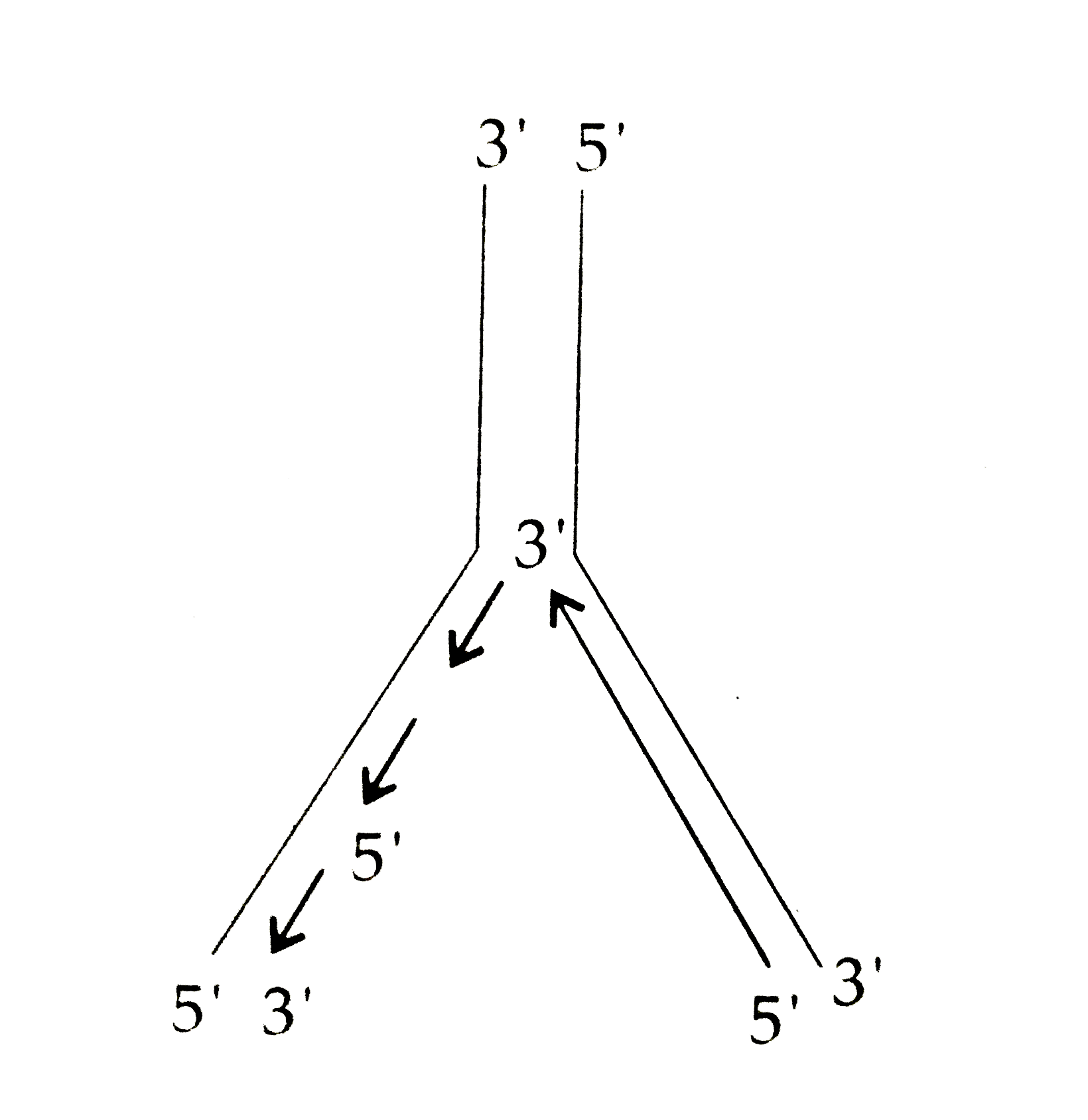
Why do you see two different types of replicating strands in the given DNA replication fork ? Explain. Name these strands.
Step by step video & image solution for Why do you see two different types of replicating strands in the given DNA replication fork ? Explain. Name these strands. by Biology experts to help you in doubts & scoring excellent marks in Class 12 exams.
Updated on:21/07/2023Similar Questions
Why do you see two different types of replicating strands in the given DNA replication fork? Explain . Name these starands.
View SolutionExplain the process of DNA replication.
View SolutionWhat do you understand by "origin of replication" ?
View Solution
AB and CD represent two strands of a DNA molecule. When it undergoes replication, forming a replication fork between A and C:
Name the template strand for replication.
View SolutionDuring replication of DNA, the number of template strands is
View SolutionEukaryotes differ from prokaryotes in the mechanism of DNA replication due to
View SolutionA 3' ______________ 5' B
C 5' _______________ 3'D
AB and CD represent two strands of a DNA molecule. When this molecule undergoes replication, forming a replication fork between A and C in the above.
(i) Name the template strands for replication.
(ii) Using which strand as the template, will there be continuous synthesis of a complementary DNA strand?
(iii) Complementary to which strand will Okazaki segments get synthesised and discontinuous synthesis will occur
(iv) What are template strands and Okazaki pieces?
(v) In which direction is a new strand synthesized?
View SolutionMethod of DNA replication in which two strands of DNA separates and synthesize new strands :-
View Solution
AB and CD represent two strands of a DNA molecule. When it undergoes replication, forming a replication fork between A and C:
What is template strand and Okazaki pieces?
View Solution
AB and CD represent two strands of a DNA molecule. When it undergoes replication, forming a replication fork between A and C:
Complementary to which strand will Okazaki segments get synthesised and discontinuous synthesis will occur?
View Solution